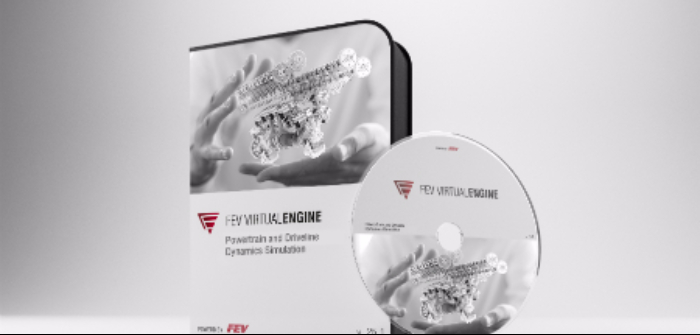Aachen-based engineering service provider FEV has launched a new release of its “FEV Virtual Engine” 3D powertrain dynamics simulation software. Version 25.1 offers significant enhancements for elastohydrodynamic (EHD) journal bearing and piston-liner simulation as well as an advanced friction analysis for chain drives.
“With the new release, we have added important functionality to FEV Virtual Engine that allows significant test cell development work to be replaced by simulation”, explained Professor Stefan Pischinger, president and CEO of the FEV Group. “Virtual Engine enables rapid and reliable predictions of drivetrain dynamics, resulting in dramatic reductions in the required development time.”
“Virtual Engine’s extensive modeling options enable not only the analysis of every component in conventional powertrain drive systems, but it also includes simulation of new and innovative alternative designs such as start / stop systems, hybrid drives, transmissions and drivelines”, added Mustafa Duyar, product business manager for FEV Virtual Engine.
Additionally to the proven one-sided elasto-hydrodynamic approach, the analysis now includes a two-sided elasto-hydrodynamics, so that the local deformations of both, the journal and bearing surfaces are calculated. This is particularly important for journal designs with lower stiffness such as hollow journals or piston pins.
The advanced two-sided EHD analysis is also applicable to piston and liner during the piston secondary dynamics simulation. With the advanced wear analysis, the wear of both, the bearing and journal surface can be evaluated. Additionally, the advanced wear analysis is capable to eliminate material from the bearing and journal surfaces during the dynamic analysis which allows to mimic the effect of real wear. The shape modification resulting from material removal can help to rate the durability of the journal bearing.
The friction model of chain drive elements has been extended with a viscous friction model. Chain Friction Analysis now covers the combination of internal and external chain friction results to assess the total timing chain drive friction. Total friction can be calculated over a user-defined simulation time interval.
Automatic optimization of the valve lift curve to maximize the gas exchange is now available for roller finger follower and rocker type valvetrains. Further optimization options will follow with the next release.


